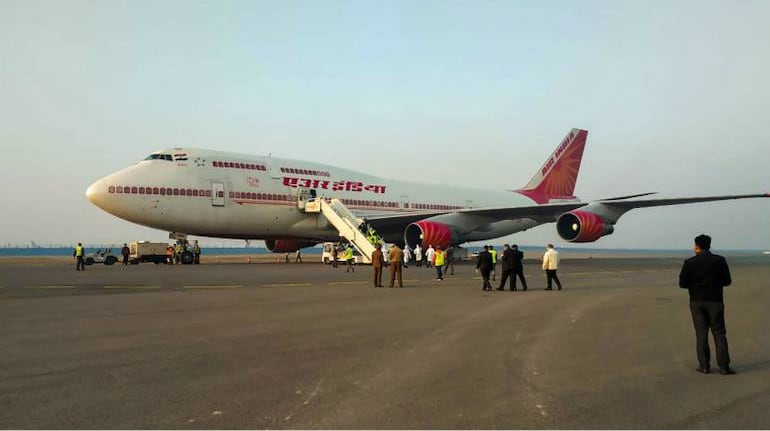



Even as the second phase of Vande Bharat Mission begins on May 16, there are several disagreeing voices in the industry over the 'monopoly' Air India continues to have on these flights.
By the time the first leg got over on May 15, the national airline completed 64 flights - each for outbound and inbound. In the second phase, the carrier will operate 149 flights. There is still no indication of private airlines getting a part of the pie.
How big is the pie?Moneycontrol reached out to several aviation experts to understand how much Air India has been making on these flights. These are not 'evacuation' flights where a government usually takes the tab. The Indian government had made it clear that fliers will have to pay for the Vande Bharat Mission flights.
In the first phase, Air India and its unit Air India Express, would be flying about 15,000 Indians back home. There are thousands more who have taken the onward flight out of India. The fares range from Rs 12,000 to Rs 1.3 lakh.
It's a mammoth exercise - to calculate Air India's revenues - that needs to factor in a lot of variables, including flying time, aircraft type, fuel consumption, taxes and many more. "It's a long, complicated task," said a senior executive.
At the same time, it is possible to calculate how much Air India could have made from one flight. To do so, Moneycontrol along with an aviation expert who didn't want to be identified, took the Air India flight from Delhi to Dubai.
Assuming that the A320 aircraft would seat 147 passengers, including eight in the business class; and also factoring in the fuel costs, Air India would be making a profit of anywhere between Rs 26 lakh to Rs 40 lakh.
But this doesn't factor in airport charges (which were probably waived off, at least in Delhi, say industry executives), taxes and cost of crew and maintenance. "Catering would have cost about Rs 200 per passenger," said the aviation veteran who didn't want to be identified.
Air India would stand to gain higher on longer flights, especially given the lower fuel cost at the moment.
"They are definitely making a good margin well above the variable operating cost of the flight," said a senior executive from the industry.
"Whether it is enough to cover overheads depends on their overheads and fixed cost structure. But either way it is at least contributing towards fixed costs especially now that they are selling both ways on the US and UK and Singapore flights, while fares were set on the assumption one leg would be empty," the executive added.
Another official from a private airline adds: "This is nothing but a government sanctioned monopolistic operation which is highly profitable for Air India. They get additional waivers from airports and governments from most countries where they are operating these repatriation flights, which is a fancy word for charter flights."
The Mission - there are more phases to come as 1.9 lakh Indians have registered to get back home - will surely help Air India meet some of its costs, especially it has been dependent on government largesse on meet expenses.
For the government, it helps to keep the the national airline flying till it gets a buyer. The disinvestment process has been delayed.
As for private airlines, they may have to wait and watch from the sidelines, for a while longer.
Discover the latest Business News, Sensex, and Nifty updates. Obtain Personal Finance insights, tax queries, and expert opinions on Moneycontrol or download the Moneycontrol App to stay updated!
Find the best of Al News in one place, specially curated for you every weekend.
Stay on top of the latest tech trends and biggest startup news.